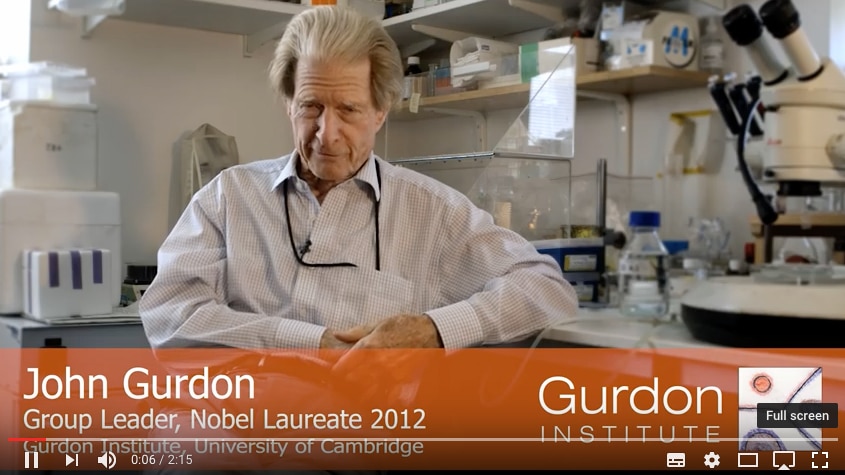
Developing Frog
The ‘Developing Frog’ temporary tattoo was designed for the Gurdon Institute to represent their research as part of the Tattoo my Science project.
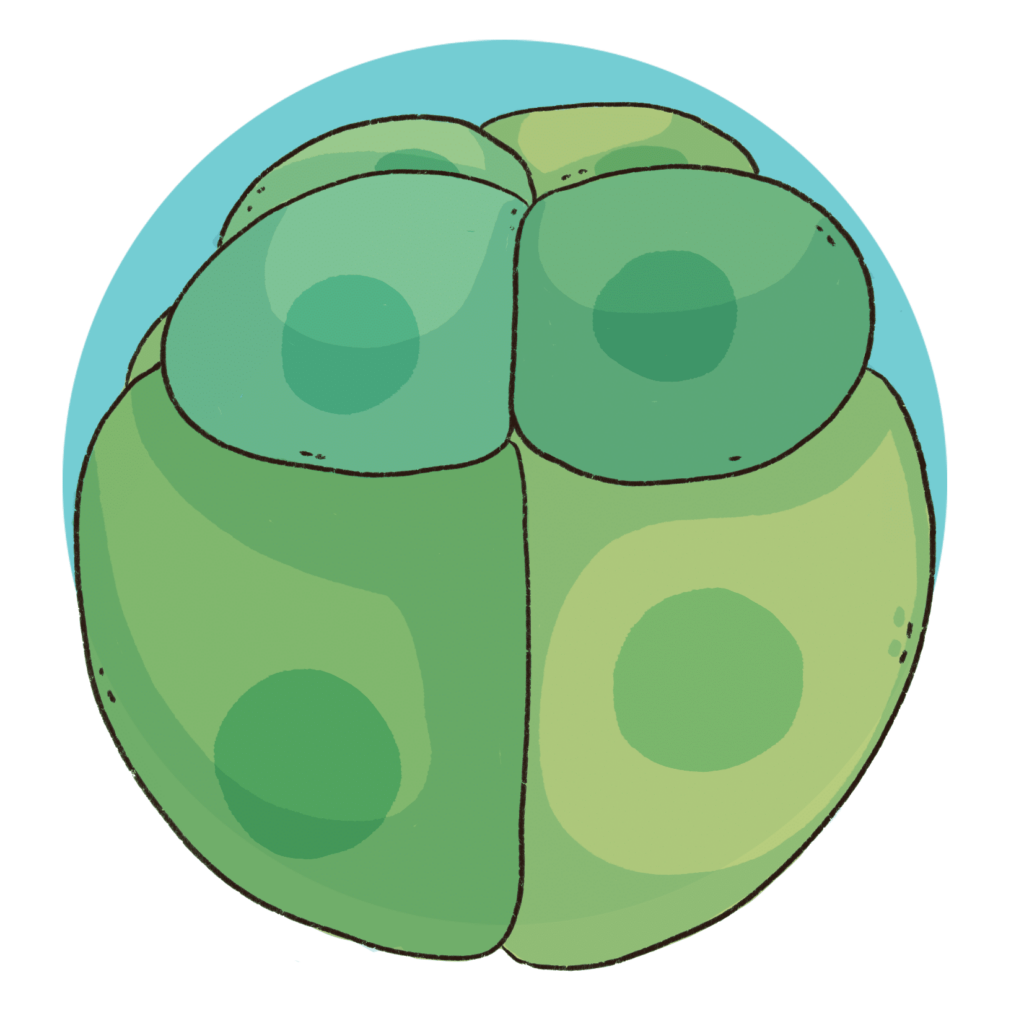
Developing Frog
Xenopus laevis (aka the African clawed frog) at the 8-cell stage of development. Xenopus is a great model animal for scientists: humans and Xenopus share many of the same disease-causing genes. Also, these frogs can produce up to 1,000 eggs in a day and their eggs are 10x bigger than human eggs (so much easier to see under the microscope).
Xenopus was the first animal in the world to be cloned by John Gurdon in 1962.
Gurdon Lab Group
Nuclear reprogramming by oocytes and eggs
Can we make cell reprogramming more efficient? Our group focuses on somatic cell nuclear transfer to amphibian eggs and oocytes from two complementary points of view. One aims to identify the molecules and mechanisms by which the cytoplasm of an egg or oocyte can reprogramme the nucleus of a differentiated somatic cell to behave like that of an embryo. From this state, many different kinds of cells for replacement can be generated.
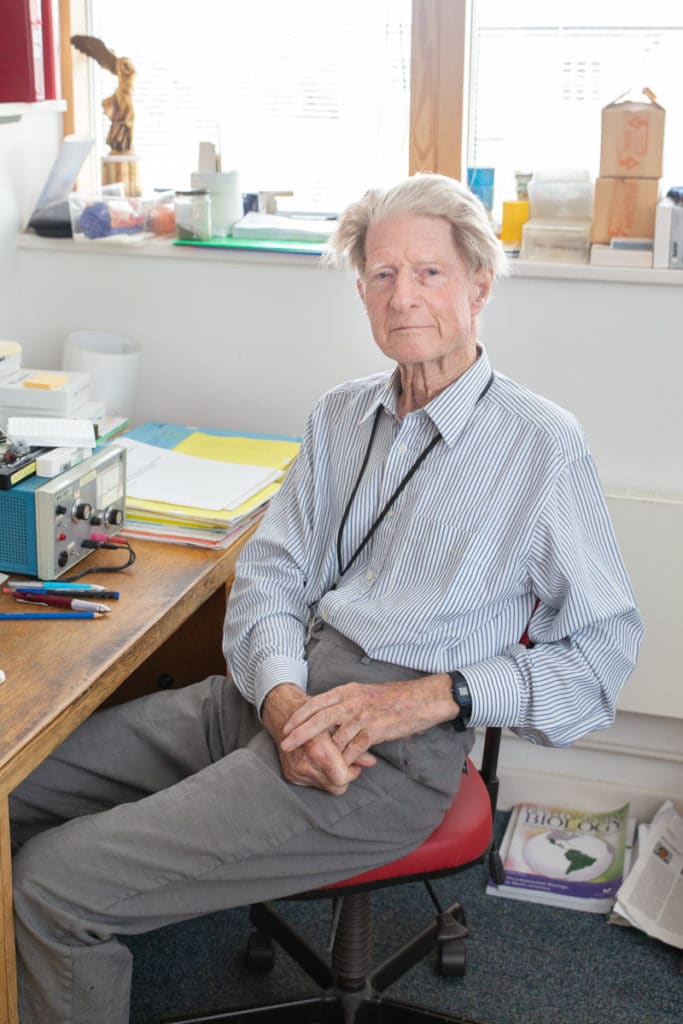
The Great BioQuest
This design was created as part of the Gurdon Institute Public Engagement Project, The Great BioQuest.
The Great BioQuest is a fun, family-friendly trail around Cambridge City Centre that allows you to explore the historically and scientifically significant sites, all while answering questions and following a trail on your mobile device.
The trails are all fully accessible and it’s completely free to play.
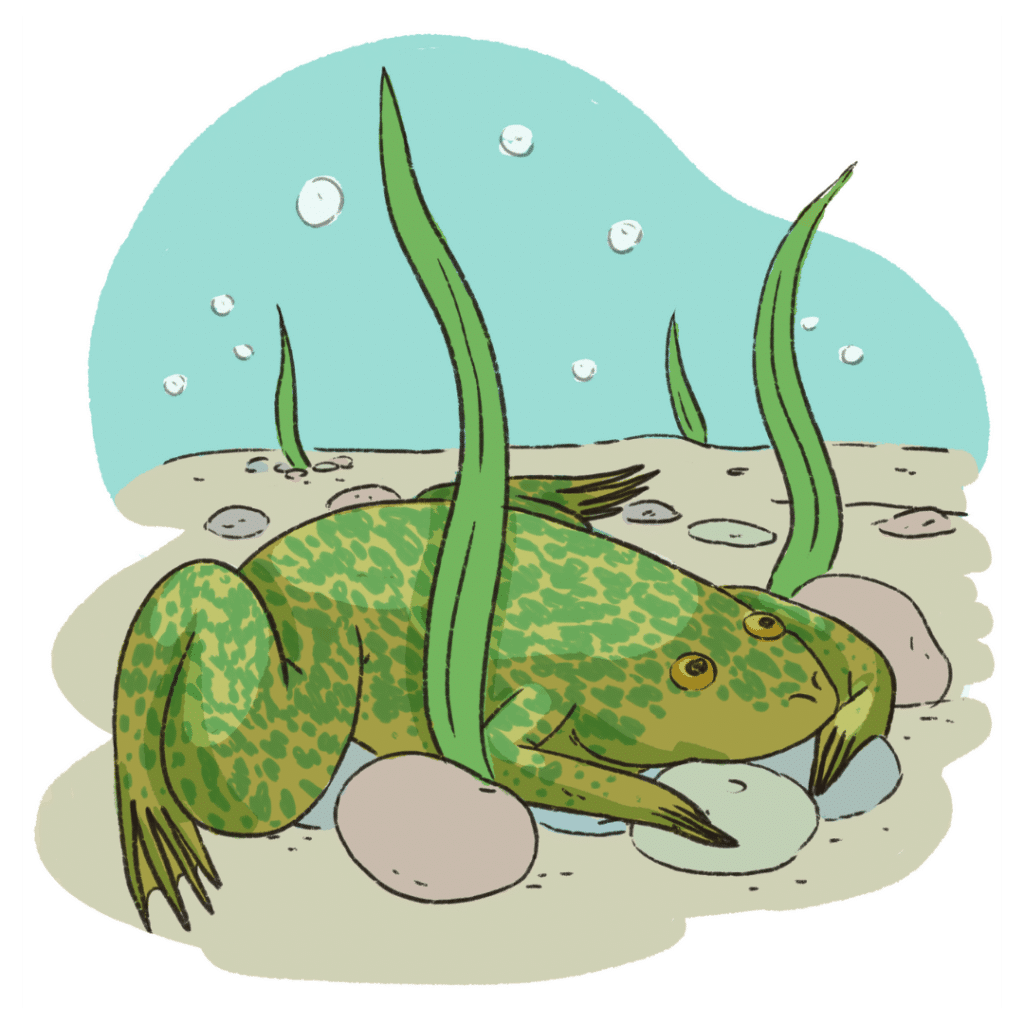
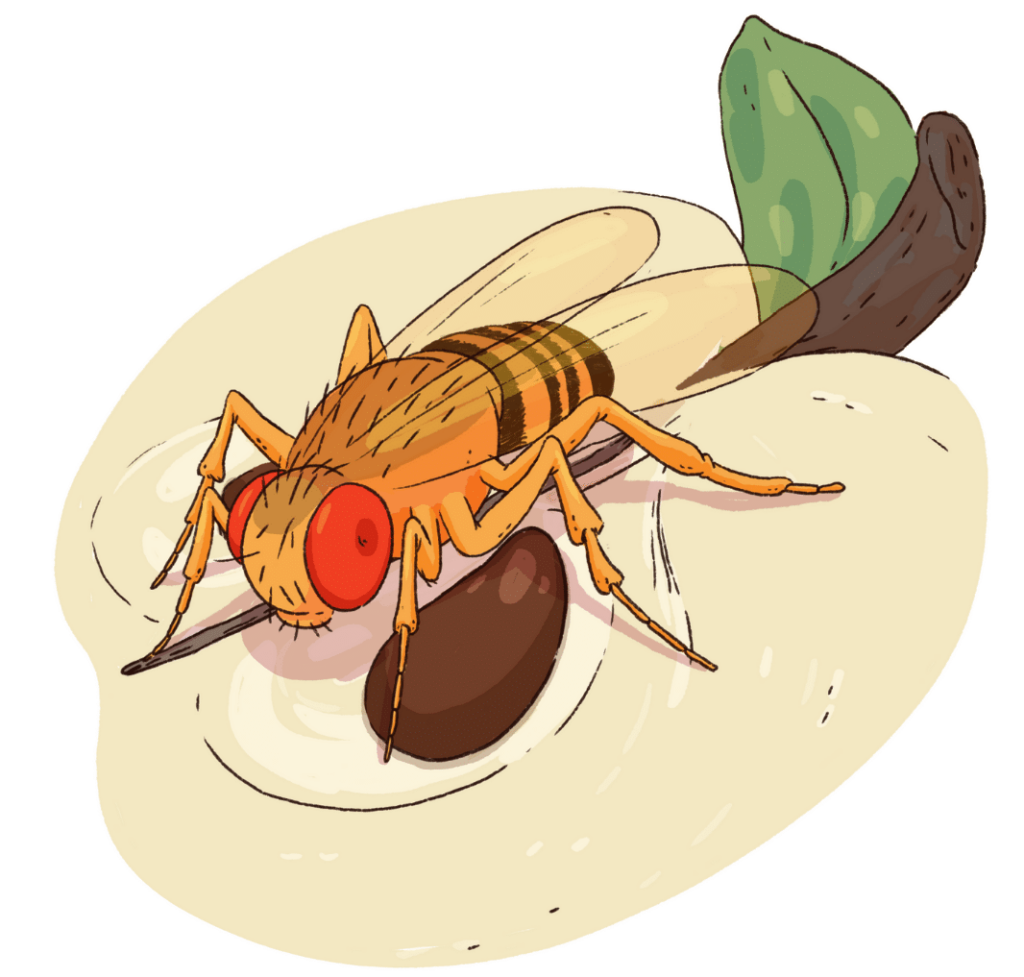
Meet the Artist
This tattoo design, and all of the artwork for The Great BioQuest, was created by artist Claudia Flandoli.
Click the link below to view her portfolio, read her blog & sign up to her newsletter.
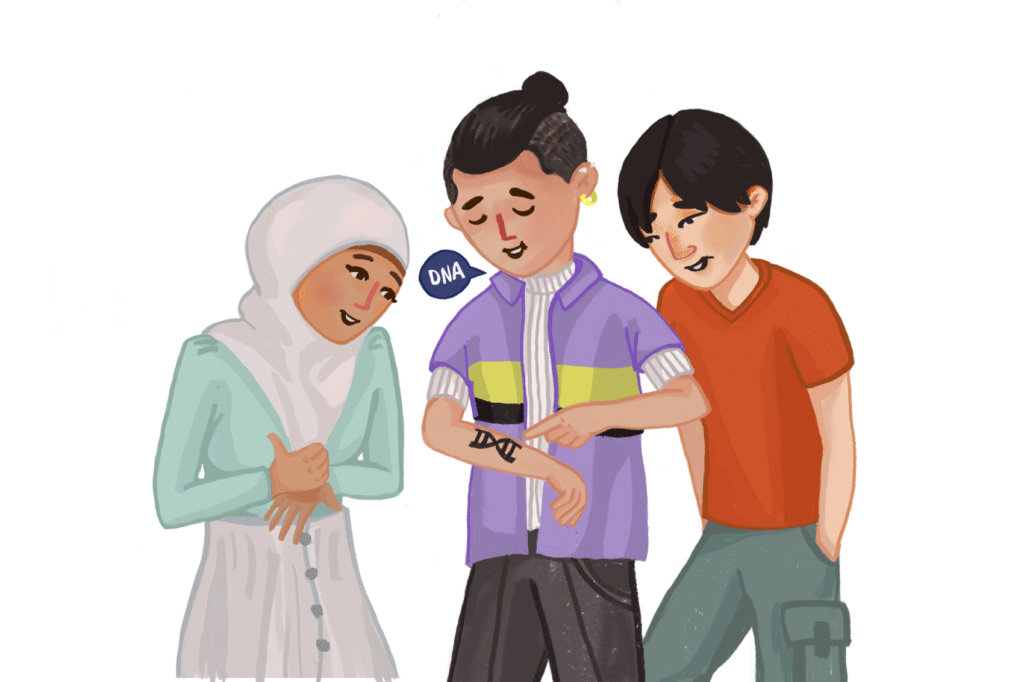
Share your tattoo!
Remember if you post a photo of your tattoo on Instagram, tag us @gurdoninstitute



